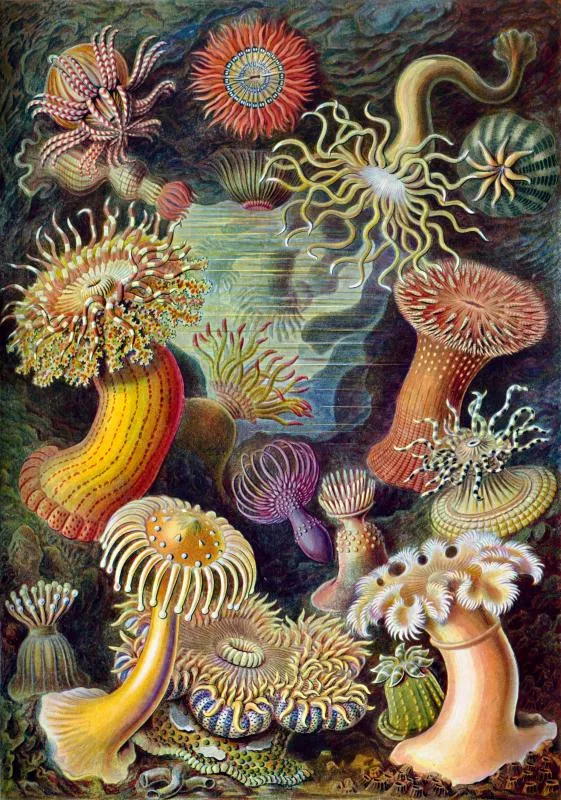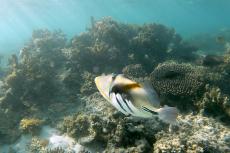Coral larvae find reefs by sound
Free-swimming larvae of tropical corals go through a critical life phase when they return from the open ocean to select a suitable settlement substrate. Now, researchers have shown that coral larvae respond to acoustic cues that may facilitate detection of habitat from large distances and from upcurrent of preferred settlement locations.
Researchers have known for years that juvenile fish use sound as a cue to find coral reefs. But Dr Steve Simpson, Senior Researcher in the University of Bristol's School of Biological Sciences, and his Dutch collaborators in Curaçao were amazed to find that coral larvae--which must quickly find a safe place to land and establish a colony or they will die--can do the same thing.
In a study just published online in PLOS One, the researchers analyzed the movement of coral larvae inside tanks, setting up the tanks in the shallow waters. They used loudspeakers to broadcast coral reef sounds from different directions.
The team designed a 'choice chamber' (a device that offers small invertebrates two or more contrasting conditions and allows them to move freely towards the one they prefer), put coral larvae into it and played them recordings of a coral reef. The results clearly showed that the flea-sized larvae were strongly attracted to the noise as they seek a suitable habitat. How these simple creatures detect sound is unknown, but Dr Simpson said: "At close range sound stirs up water molecules, and this could waggle tiny hair cells on the surface of the larvae, providing vital directional information for baby corals."
- Log in to post comments

























